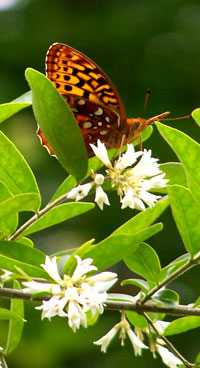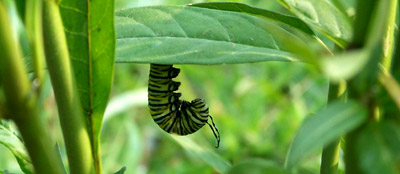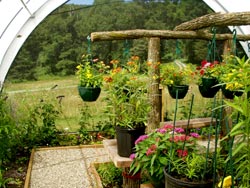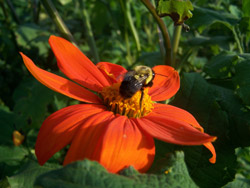
HABITAT CONSERVATION |
CREATING BUTTERFLY HABITAT ONE GARDEN AT A TIME!
Although “fluttering flowers” are the most unique and beautiful of nature’s critters, butterfly habitats are disappearing at a rate of 3,000 acres per day in the U.S due to urban sprawl, pesticides, insecticides and genetically altered crops. While urban sprawl is beyond most of our control, the use of pesticides and herbicides is something we can control.
Many butterflies spend their entire short lives in areas not much bigger than most backyards. So whether we are mowing our lawns or spraying our roses with chemicals, butterflies are particularly sensitive to our actions.
Habitat conservation is not difficult! By conserving and protecting what we already have, as we have done at Rainbow’s End Farm, or by creating a beautiful garden, we can provide habitat that can support the entire life history of some butterflies!
By changing our mowing habits and allowing the native regrowth of wildflowers in our meadows and valleys, the butterflies have returned. By planting specific gardens and never using chemicals we also create eco-friendly habitats which attract monarch butterflies and other species of native butterflies!
Visit our garden & nursery link to find plant groups that create butterfly habitat and encourage butterfly visitors. We use no herbicides or pesticides in growing our plants and we sell our plants in eco-friendly containers to support the enviroment. If we think of our butterfly gardens as miniature wildlife sanctuaries all part of a network of other backyard sanctuaries, we will succeed in creating and conserving habitat for the butterfly and other insects. |
 |
Rainbows End Farm has been designated as Monarch Waystation No. 774 and Official Wildlife Habitat No. 60695. We are also a proud recipient of a Certificate of Achievement from the National Wildlife Federation. |
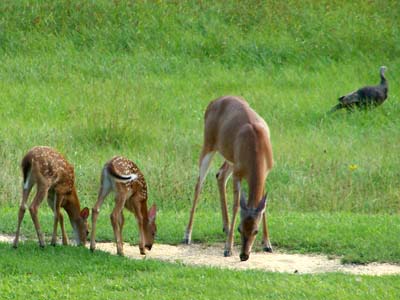 |
© All photographs are the property of Rainbow's End Farm, any use of these images without written permission is prohibited. |
|
